Your cart is currently empty!
Calla Lily vs Canna Lily: A Comprehensive Guide
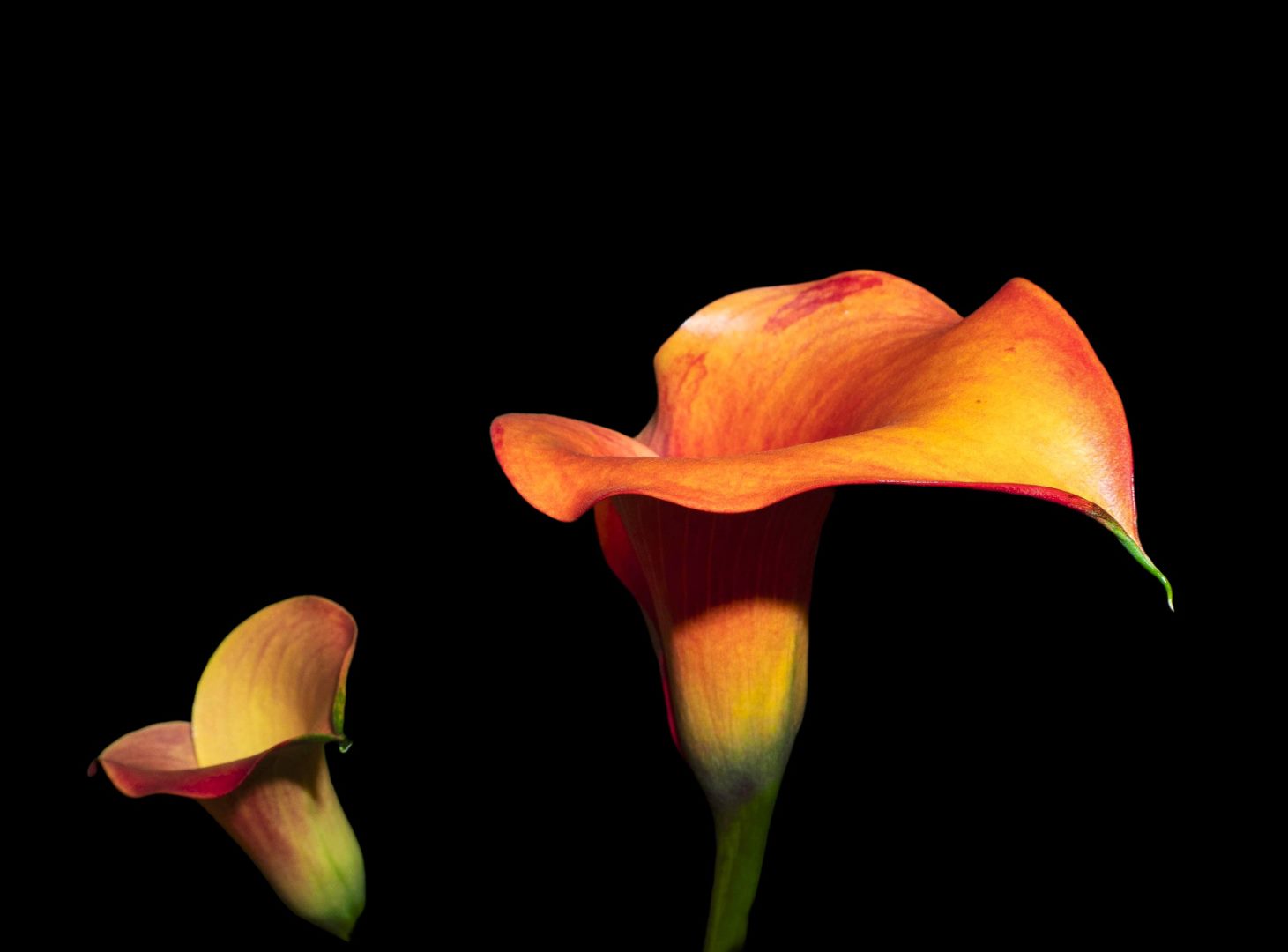
Calla lilies and canna lilies are two popular garden flowers that are often confused due to their similar names and striking blooms. However, these plants belong to different families and possess unique characteristics that distinguish them.
Calla Lily (Zantedeschia)
Description
Calla lilies are perennial plants native to South Africa. They are characterized by their trumpet-shaped flowers with a distinctive spathe (modified leaf) that forms a protective sheath around the spadix (flower spike). Calla lilies come in various colors, including white, yellow, pink, and purple.
Characteristics
- Perennial plants
- Trumpet-shaped flowers
- Distinctive spathe and spadix
- Range of colors
- Height: 2-3 feet
- Tolerates shade
- Prefers moist soil
- Toxic to pets
Canna Lily (Canna)
Description
Canna lilies are tropical plants native to Central and South America. Unlike calla lilies, they have true petals and sepals that form their showy flowers. Canna lilies come in vibrant hues, including red, orange, yellow, and pink, and often feature variegated foliage.
Characteristics
- Tropical plants
- True petals and sepals
- Striking flowers with vibrant colors
- Variegated foliage options
- Height: 2-8 feet
- Requires full sun
- Tolerates drought conditions
- Attracts hummingbirds
Comparison Table
| Feature | Calla Lily | Canna Lily |
|---|---|---|
| Botanical Family | Araceae | Cannaceae |
| Flower Structure | Trumpet-shaped spathe and spadix | True petals and sepals |
| Colors | White, yellow, pink, purple | Red, orange, yellow, pink |
| Height | 2-3 feet | 2-8 feet |
| Light Requirements | Tolerates shade | Requires full sun |
| Water Requirements | Prefers moist soil | Tolerates drought conditions |
| Hardiness | Zone 9-11 | Zone 8-11 |
| Toxicity | Toxic to pets | Non-toxic |
Planting and Care
Calla Lily
- Plant in spring or fall in moist but well-draining soil.
- Choose a partially shaded location.
- Water deeply and regularly during the growing season.
- Feed with a balanced fertilizer every few months.
- Divide clumps every 3-4 years to prevent overcrowding.
Canna Lily
- Plant in spring after the last frost in well-drained soil.
- Choose a full sun to partial shade location.
- Water deeply during dry periods.
- Fertilize monthly with a high-potassium fertilizer.
- Cut back dead foliage in the fall before winter storage.
- Dig up and store canna bulbs in a cool, dry place over winter in cold climates.
Tips
* Calla lilies are suitable for containers, while canna lilies perform better in the ground.
* Deadhead spent blooms to encourage new flowers.
* Protect calla lilies from strong winds to prevent their stems from breaking.
* Canna lilies can be used as a privacy screen or to divide garden spaces.
* Both calla and canna lilies can be used as cut flowers.
Conclusion
Calla lilies and canna lilies are both stunning garden additions that offer a range of colors, shapes, and sizes. Understanding the differences between these two plants will help you make the best choice for your gardening needs and create a vibrant and captivating landscape.


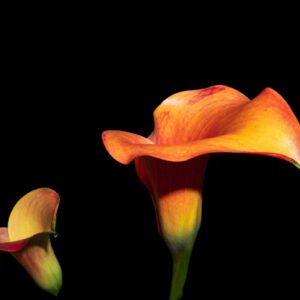
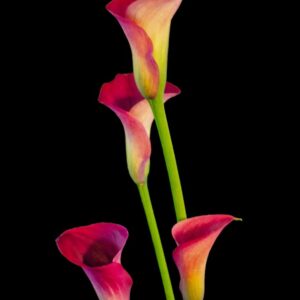
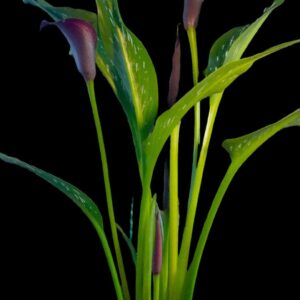

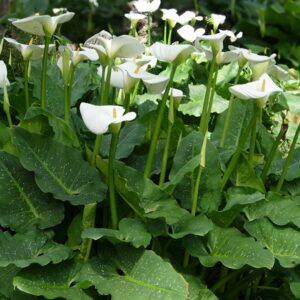
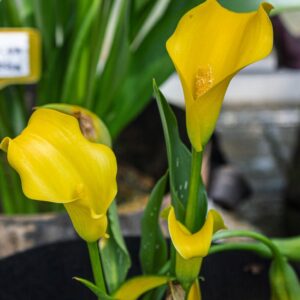
Leave a Reply